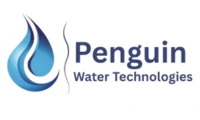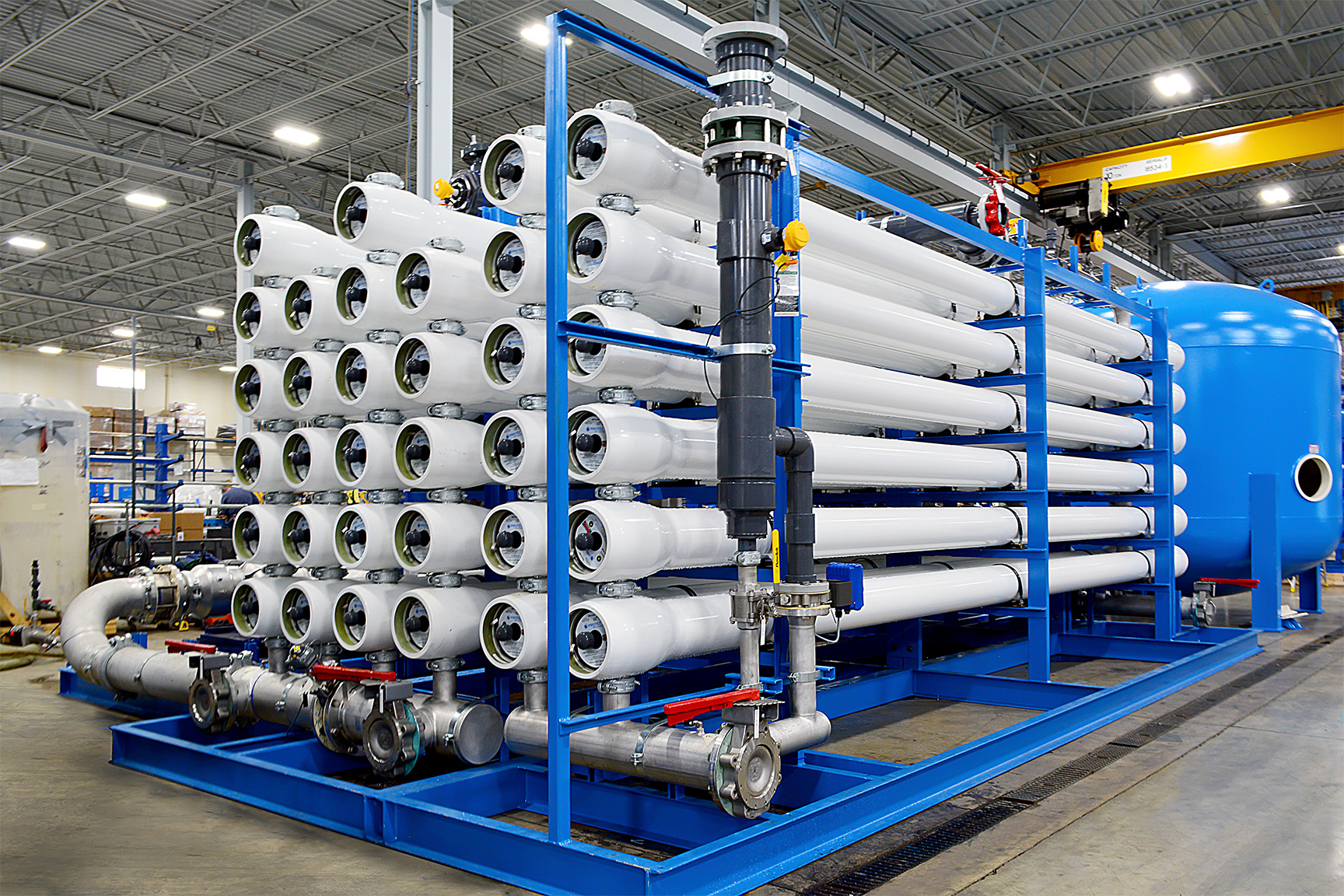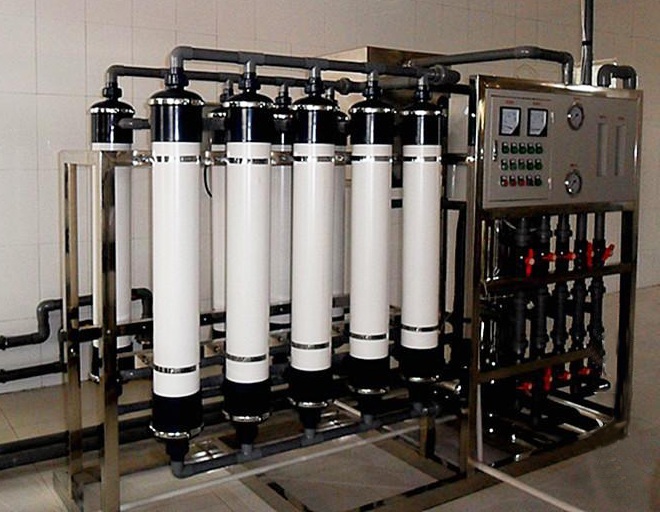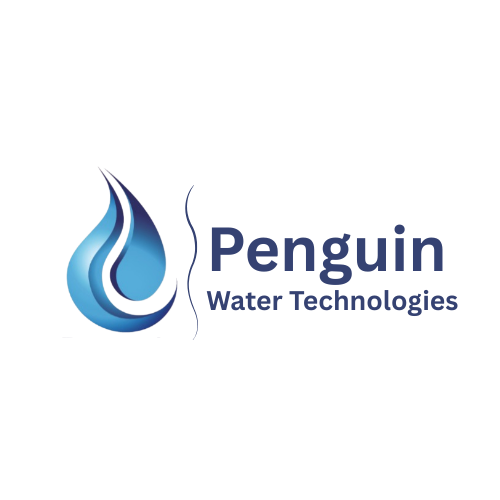FAQs
1. What is RO Reverse Osmosis, and how does it purify water?
A semi-permeable membrane is used in the reverse osmosis water filtration proce ss to eliminate germs, impurities, dissolved salts, and other pollutants, creating safe and clean water.
2. What kinds of water can be treated by an RO Reverse Osmosis system?
RO systems can treat a variety of water source,s including tap water, groundwater, brackish water, seawater (with specialized membranes), and even some wastewater streams.
3. How much water can an industrial/commercial RO Reverse Osmosis produce?
RO plants come in various capacities, ranging from 100 liters per hour (LPH) for small commercial units to over 20,000 LPH for large industrial plants, depending on your needs.
4. What contaminants does RO Reverse Osmosis remove?
RO Reverse Osmosis total dissolved solids (TDS), heavy metals (like lead and arsenic), bacteria, viruses, fluoride, nitrates, chlorine, and other chemical pollutants.
5. How often should RO Reverse Osmosis membranes be replaced?
RO membrane lifespans typically range from two to five years, contingent on water quality, usage, and upkeep. Cleaning and monitoring regularly helps prolong membrane life.
6. Is RO Reverse Osmosis water safe for drinking?
Yes, RO water is safe and healthy to drink. It effectively removes harmful contaminants while maintaining essential minerals when combined with remineralization units.
7. What maintenance is required for an RO system?
Maintenance includes regular cleaning of pre-filters, monitoring membrane performance, replacing membranes when needed, and checking pumps and control systems to ensure optimal operation.
8. How much energy does an RO plant consume?
Energy consumption varies with system size and design, but modern RO plants are energy-efficient, using advanced pumps and recovery systems to minimize power use.
9. Can RO systems be customized for specific industrial applications?
Yes, RO plants can be tailored to meet industry-specific requirements, including water quality, capacity, automation, and integration with other treatment technologies.
10. What happens to the reject water from an RO plant?
Reject water, also called brine, contains concentrated impurities and is either safely discharged following regulations or recycled in systems like Zero Liquid Discharge (ZLD) to minimize waste.




